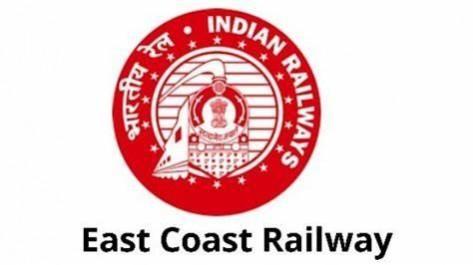East Coast Railway Embraces Advanced Ballastless Track Technology for Tunnel Projects

The East Coast Railway (ECoR) has taken a significant stride towards enhancing the safety, efficiency, and sustainability of rail transport. The railway authority has adopted advanced ballast less track technology for the construction of new railway tunnel projects within its jurisdiction. This strategic decision, announced on August 14, is set to revolutionize rail transport, particularly in challenging tunnel environments.
The ECoR has initially implemented this technology in Tunnel No.1, a 600-meter tunnel between Baiguda and Kakirigumma stations. This is part of the Koraput-Singapur Road Doubling Project of East Coast Railway. The railway sources have confirmed that this system will also be implemented in all the under-construction tunnels of various ongoing projects.
Furthermore, the ECoR has plans to replace existing tracks in tunnels with ballastless tracks in a phased manner. The ongoing tunnel works are being carried out in Kottavalasa-Kirandul, Koraput-Rayagada Doubling projects, and in new line projects like Khurda Road-Balangir and Talcher-Bimalagarh Rail Line projects.
Ballastless train tracks, particularly in tunnels, offer several significant advantages. These include enhanced durability and longevity, increased stability and safety, reduced maintenance cost, improved ride comfort and noise reduction, efficient space utilization, and improved drainage and water management. The quicker installation and commissioning of these tracks also contribute to the overall efficiency of the rail transport system.

The ECoR sources have stated that ballastless tracks are more robust and require less maintenance compared to traditional ballasted tracks. The absence of ballast eliminates issues like ballast degradation and shifting, which can cause track misalignment. The materials used in ballastless tracks, such as concrete and steel, provide a longer service life, making them a more sustainable option for tunnels.
This technology is also environment-friendly due to its reduced need for maintenance and the long service life of the tracks. The absence of ballast, which often involves quarrying, is another environmental benefit. The rigid construction of ballastless tracks ensures consistent alignment and reduces the risk of derailment.
The adoption of ballastless track technology by the ECoR is a significant step towards modernizing India’s railway infrastructure. This move is in line with global trends, as several countries have already adopted this technology for their railway systems. For instance, Germany has been using ballastless track technology since the 1970s for its high-speed rail lines. Similarly, China has extensively used this technology in its vast high-speed rail network.
Ballastless tracks generate less dust and debris, which is especially important in the enclosed environment of a tunnel. This improves air quality and reduces the need for cleaning. The rigid construction of ballastless tracks ensures a smoother ride for passengers, with reduced vibrations and noise. This is a significant advantage in tunnels, where noise levels can otherwise be amplified. Ballastless tracks can incorporate noise-damping materials, which further reduce noise pollution, improving the environment for both passengers and workers in the tunnel.
The design of ballastless tracks includes integrated drainage systems that efficiently manage water accumulation, which is particularly crucial in tunnels. This helps to prevent water-related issues such as track deformation, corrosion, or flooding, thereby enhancing the overall durability and safety of the track.
The adoption of advanced ballastless track technology by the ECoR is a significant milestone in the evolution of India’s railway infrastructure. This move not only enhances the safety, efficiency, and sustainability of rail transport but also sets a benchmark for other railway zones in the country. As the ECoR continues to innovate and adopt advanced technologies, it is poised to redefine the future of rail transport in India.
